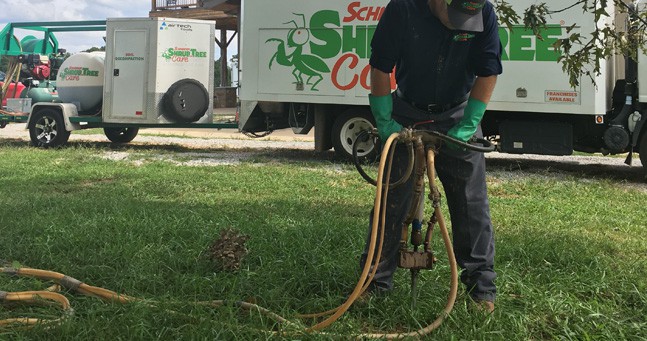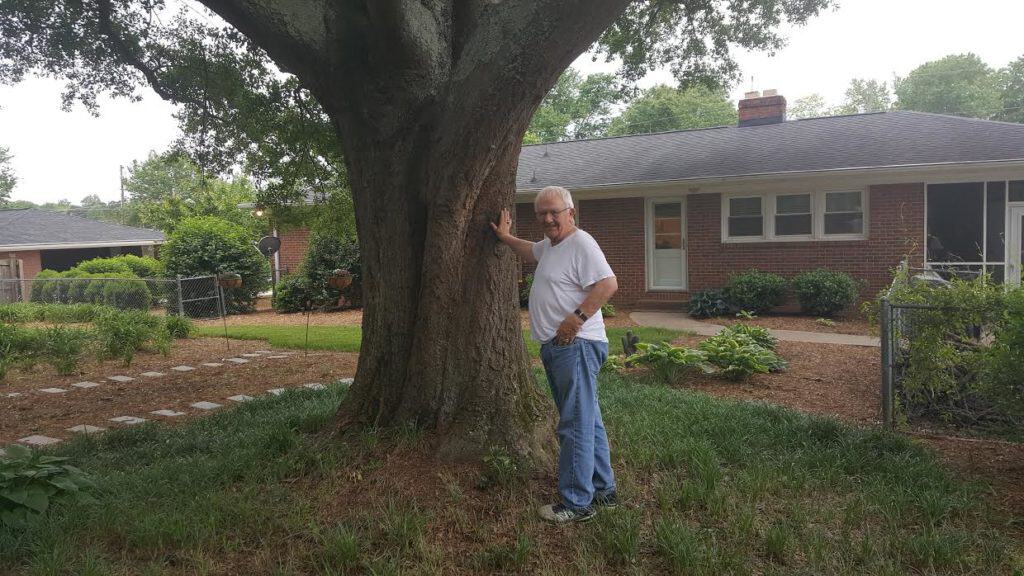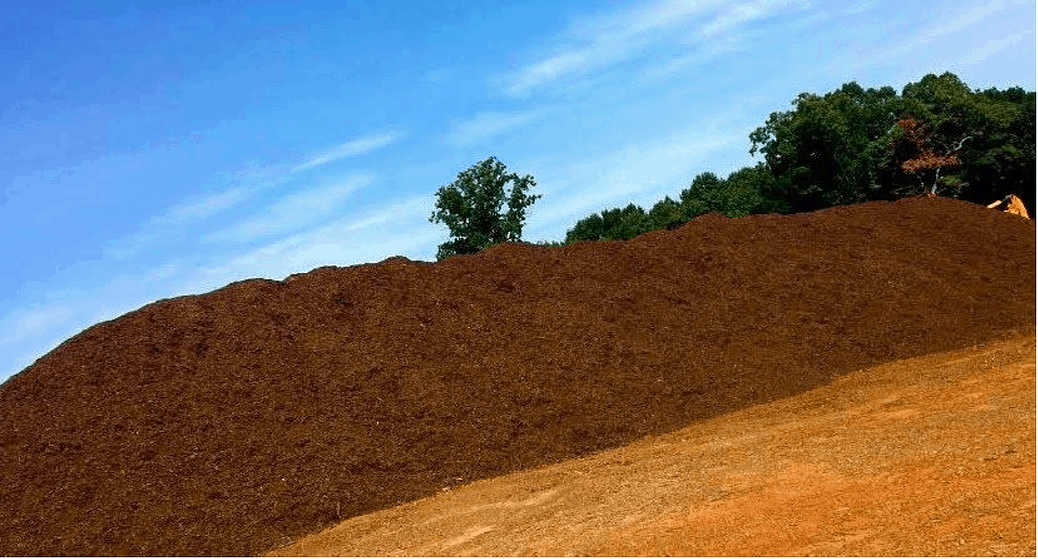Recent Articles

Soil Compaction Symptoms and Solutions
What Is Soil Compaction? Rain is a good thing, right? Yes, all your landscape plants need water, and rain is the best source for that

How Old Is My Tree?
Common Tree Questions There are some questions that come up on a regular basis when I walk a property with our clients. Questions like, “What
Is There Something Bugging Your Trees?
Summer is here and now’s the time when all sorts of bugs will be showing up on your property. One of those may be the
There’s A Fungus Among Us
What is ‘Black Knot’? Check this out! One of our technicians brought in a branch this week with a strange bulbous-looking fungus growing on it;
Purple Rain – It’s Killing Your Trees
What is Anthracnose? Spring showers exacerbate the condition of fungal diseases such as Anthracnose. Anthracnose is a disease that deeply affects Dogwood populations; in fact,
Taking The Sting Out of Summer Pests
It’s that time of year again when the weather gets sticky and humid, and our homes get bombarded by tiny pests. You know which ones

What The “HAIL” Is Going On With My Plants?
Welcome to April! We’re only a few days into the month and already being hit with some serious storms. Even though it has gotten warmer,
Protecting Your Plants and Trees From Winter Stress
Winter stress can have a huge impact on your trees and plants. Winter storm Stella just hit and is leaving her mark on the south and
Taking Care of Your Trees During Drought
“Evergreen trees like Arborvitae, Cryptomeria, Hemlock, Leyland Cypress, Pines, and Magnolias are dying all over Charlotte, North Carolina, Greenville, South Carolina, and Charleston, South Carolina.
Turning Training Wheels Into Big Rigs
Here at Schneider Tree Care, training our technicians is of utmost importance. From application techniques to new pests and diseases, we take the time during
The Silent Killer
This past Wednesday at our weekly Safety Meeting, our President Brandon Brown talked to us about the “silent killer of trees and shrubs”. Any ideas
10 Steps to a Happy, Healthy Christmas Tree
Location, location, location. Make sure you know exactly where you want to place the tree indoors. Measure the size of the area and keep those records
“Drop It Like It’s Hot” – Fall Leaf Drop
Do you ever wonder why the trees in your neighborhood begin to drop their leaves as the Fall season sets in? Or why the trees
Firewood Safety Fact Sheet
Don’t cut firewood alone. If two heads are better than one, then two sets of hands are definitely better when dealing with chopping firewood. It
Your Trees Are Hungry! Fall Feedings Can Help.
The giant plant from “Little Shop of Horrors” had it right when he yelled one specific command at the meek shop clerk taking care of
Scale: One Tiny Insect, Some Big Problems
There are a wide variety of insects out and about this time of year—bees, flies, mosquitoes, and ants are some common finds in any homeowner’s
Crepe Myrtle Bark Scale: Making Its Way In The Carolinas
Be on the lookout! In late July, an Arborist discovered Crepe Myrtle Bark Scale (CMBS) in Mooresville, NC. These creatures originally came from Asia, and
Beware the Emerald Ash Borer…
Nature works hard to protect itself. Trees have natural defense systems to protect themselves from disease or insect damage. Sometimes though, a species of insects is
Preparing for Winter
As fall draws near, make sure you are preparing your landscape for the winter! Below is a list of what you should do to get
Dog Days of Summer
The Dog Days of Summer stretch from about July 3 to August 11. These days were named in early times by observers in countries bordering the Mediterranean, and the period lasted during

It’s Mulch Time!
Laying mulch is one of the best practices to preserve the look and health of your trees. It provides a beautiful, neat ground cover and
Dogwoods Beware!
Have you noticed spots and blotches of varying shapes and sizes appearing on your Dogwoods? If so, your Dogwoods could be infected by Anthracnose. Anthracnose
“The Tree Just Died Over Night…”
This is the comment we typically get after insects bore into the trunk of a mature tree or even a newly planted tree. Ambrosia Beetle
An Underground World…
There is a world beneath our feet, budding with life we rarely even think about or consider. For our plants, this underground world is as





